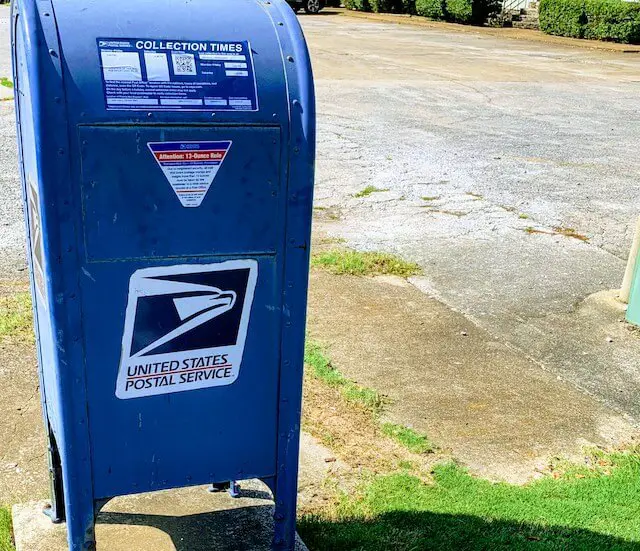A new report says that Washington’s recent politicization of the Postal Service is creating a barrier addressing the actual problems that are facing the agency.
The report, published by the American Enterprise Institute, lays out how the politics got so divisive surrounding the Postal Service this year as well as what it says the real short and long-term problems are that lie before the agency.
It further adds that the political arm waving going on by both parties in Washington are just an impediment to Congress taking any action to address the more legitimate problems. In fact, the report says that the actions Congress has taken regarding the Postal Service this year are “focused on two nonproblems: the USPS’s finances and the agency’s capacity to handle a surfeit of ballots.”
It says that for the near term, the Postal Service has plenty of cash on hand ($13 billion) and that it has the capacity to handle delivering election year ballots.
“Some 140 million ballots were cast (in person and by mail) in the 2016 election; if every one of those voters voted by mail this year, the mail they produce would amount to 5 percent of the 2.7 billion mail pieces USPS handles each week. Nowhere near that many votes will be mailed in, and they will be spread out over many weeks preceding the election,” states the report.
So what does the report say are the Postal Service’s true problems?
Short-Term Problems
In the near-term, the report says that the Postal Service suffers from delivery performance (it has seen a decline in on-time deliveries in the last year), effects of the coronavirus on Postal workers, and public communications.
With respect to the coronavirus, the concerns there are somewhat obvious: if Postal employees get sick and cannot work, essential work cannot be done to carry out the agency’s mission. The report suggests that the Postal Service should report its plans to the public about how it would handle a situation in which significant numbers of its workforce could not work due to illness.
With respect to public communications, the report says, “For reasons that are far from clear, the USPS has a long-standing tendency to not communicate openly with the media or public about its operations or performance, despite much criticism about its lack of openness over the years.” The report says this opens the agency up to unnecessary criticism, some of which is not based in facts.
Long-Term Problems
This is one of the biggest struggles the Postal Service faces according to the report. The organization was built around sending ordinary mail, but in the internet era, the volume of mail being sent has declined sharply creating obvious problems such as revenue shortfalls.
There are also the notorious unfunded pension obligations that continue to hamper the agency. The report notes that as of 2019, the Postal Service had about $130 billion in unfunded obligations it has made in pension and retiree health care costs. However, it says that the situation with retiree health benefits is the more troubling of the two:
The Postal Service’s RHBF [retiree health benefits fund] is problematic. The fund has only $47 billion of the $114 billion needed. That is about 41 percent of the obligation, meaning the USPS needs to find nearly $70 billion to cover the costs of the benefits it has promised to its workers.
The USPS has not paid into the fund since 2012 and has been drawing funds from the RHBF since 2017. The GAO predicts the RHBF will go bankrupt in a decade. Absent congressional action, either USPS retirees will eventually lose some or all of their health benefits or the public will be forced to bail out the USPS.
Although it acknowledges that addressing the long-term problems will not be easy since it requires action from Congress, one possible solution outlined in the report for the RHBF is to invest the funds more aggressively in a manner modeled after the Thrift Savings Plan. Currently, the report says the funds are invested in Treasury bonds and only earn about 1.5% interest. The proposed reform would invest 25% of the fund into the stock market in index funds “and be overseen by a board modeled on the Thrift Savings Plan board.”
The main message in the report though is that the politicization of the Postal Service by both parties is not going to help solve anything. It states rather succinctly, “Getting the USPS out of the headlines and returning it to being an agency in which the public has significant confidence would help quell congressional turmoil; neither party would see as much utility in using USPS as an issue to attack the other.”



